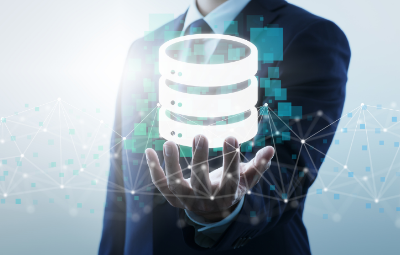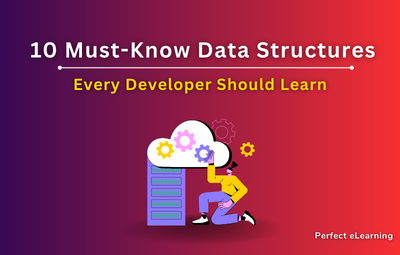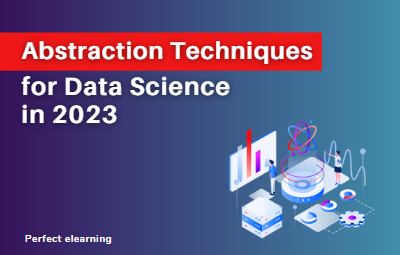

A database is similar to a space in an office where all of the files and vital information linked to a project might be housed. Every company needs a database to store and organize the information. The information that the company stores can be very sensitive so one has to always have been careful while accessing or manipulating the information in the database. Choosing the correct database is entirely based on the project's goals. In the year 2021, there are a lot of choices depending on your work and purpose.
Any software development requires a database, and choosing which database to use is one of the most important aspects of software design. As a developer in the year 2021, we will have a plethora of database options. Previously, practically all databases were relational, meaning they employed a set data structure that allowed them to use indexes to link data from distinct "tables." When NoSQL (No Structured Query Language) became popular in the 2000s, it ushered in one of the most significant innovations in database design. There are two sorts of databases:
a) SQL
SQL databases use a structured query language to define and modify data (SQL). This is a very powerful language. SQL is one of the most versatile and commonly used alternatives, making it a safe bet for even the most complicated queries. Unstructured data in a NoSQL database has a dynamic outline. Data can be stored in a variety of formats, including document-oriented, column-oriented, and graph-based. Because of this flexibility, documents can be created without a predetermined structure. Coming to the different database tools, the big three dominate the podium, as they did last year: MySQL, PostgreSQL, and MS SQL Server. There are no indications that things will change for these three anytime soon. MySQL and PostgreSQL are open-source databases that are free to use. Furthermore, they have large user communities that continue to develop them and add new plugins and enhancements. Let's have a look at the top five databases in this category:
1. The Oracle
Oracle is the most widely used commercial relational database management system, with built-in assembly languages C, C++, and Java. The most recent edition of this database, 21c, has a plethora of new features. Oracle is a database management system that outperforms the competition. It is, by far, the most widely used RDBMS. It takes up less space and processes data more quickly, and it comes with various additional features, such as JSON from SQL
2. Mircosoft SQL Server
Because of its ease of use, availability, and tight Windows operating system integration, SQL Server is a popular choice among businesses that employ Microsoft products. Structured Data (SQL), Semi-Structured Data (JSON), and Spatial Data are all supported by MS SQL, which is a multi-model database.
3. PostgreSQL
PostgreSQL is a C-based database management system used by enterprises that deal with massive volumes of data. Several gaming apps, database automation tools, and domain registrations make use of this database.
It's one of the greatest free databases available, with SQL support for relational queries and JSON support for non-relational queries. It is supported by an experienced group of developers that have contributed much to making it a very reliable Database management software.
It works on a variety of platforms and supports all major languages and middleware, as well as having a standby server and high availability. With log-based and trigger-based replication SSL, the tool has sophisticated server-side programming functionality.
Other data stores, such as NoSQL, can be linked to PostgreSQL, which acts as a federated hub for polyglot databases.
5. MongoDB
MongoDB is a document database management system that was first launched in 2009. Using object-oriented programming languages to load and retrieve data in RDBMS is difficult, and it also necessitates additional application-level mapping. As a result, Mongo was created to manage Document Data in order to solve this challenge.
Unlike typical databases, you won't have to bother with columns and rows. The data object is stored in a collection as individual documents. This database can be used for mobile apps, real-time analytics, and IoT, as well as providing a real-time view of all your data.
6. Redis
It's a well-known open-source database. Used as a distributed, in-memory key-value database, according to Stack Overflow's annual Developer Survey. Redis can also be used as a distributed cache and message broker, with the possibility of adding durability.
Strings, hashes, lists, sets, bitmaps, hyper logs, sorted sets with range queries, and geographical indexes with radius queries are among the data structures supported.
It features excellent scalability thanks to built-in replication, automatic failover, and sharding via Redis Cluster, and it's ideal for real-time applications like inventory management.
7. MYSQL
MySQL is still a popular choice for Web applications, and it is a key component of the LAMP open-source Web application software stack, which also includes Linux, Apache, and PHP (or Python or Perl). NoSQL Document Store, atomic and crash-safe DDL phrases and JSON Extended syntax, enhanced sorting, and partial update support are among the new features and capabilities in MySQL 8.
Takeaway
For years, data utilization and processing have been a significant IT concern. Every day, gigabytes of data are generated, it's not so much a question of why you should learn Database tools as it is of why you aren't. In this article, we've given you seven databases to use in 2021. Apart from these seven databases, Elasticsearch, Cassandra, MariaDB, and Firebase are more databases that will be widely used in businesses. The open-source and free database leaders are MySQL and PostgreSQL. When it comes to commercial databases, Oracle is gaining traction. MongoDB, Redis, and Cassandra are the most popular NoSQL databases.
Perfect eLearning offers basic & advanced coding tutorials for people who want to learn how to code.
Topics:
1. Introducing the best basic coding courses online.
2. The benefits of taking coding courses online.
3. The top three coding courses online that you should check out.
4. How to get started with coding courses online.
5. The best way to learn to code online.
6. The future of coding courses online.
7. Introducing the basics of coding
8. The benefits of learning to code
9. Types of coding tutorials available
10. How to get started with coding
If you're looking to learn to code, there are a variety of ways you can go about it. But, if you're looking for the easiest and most efficient way to learn, then these 5 steps are the way to go:
1. Choose the right language.
2. Use coding boot camps.
3. Use online coding communities.
4. Use online coding tutorials.
5. Use online coding examples.
For more details, you can talk to our experts.
Perfect eLearning
Learn & Grow!


